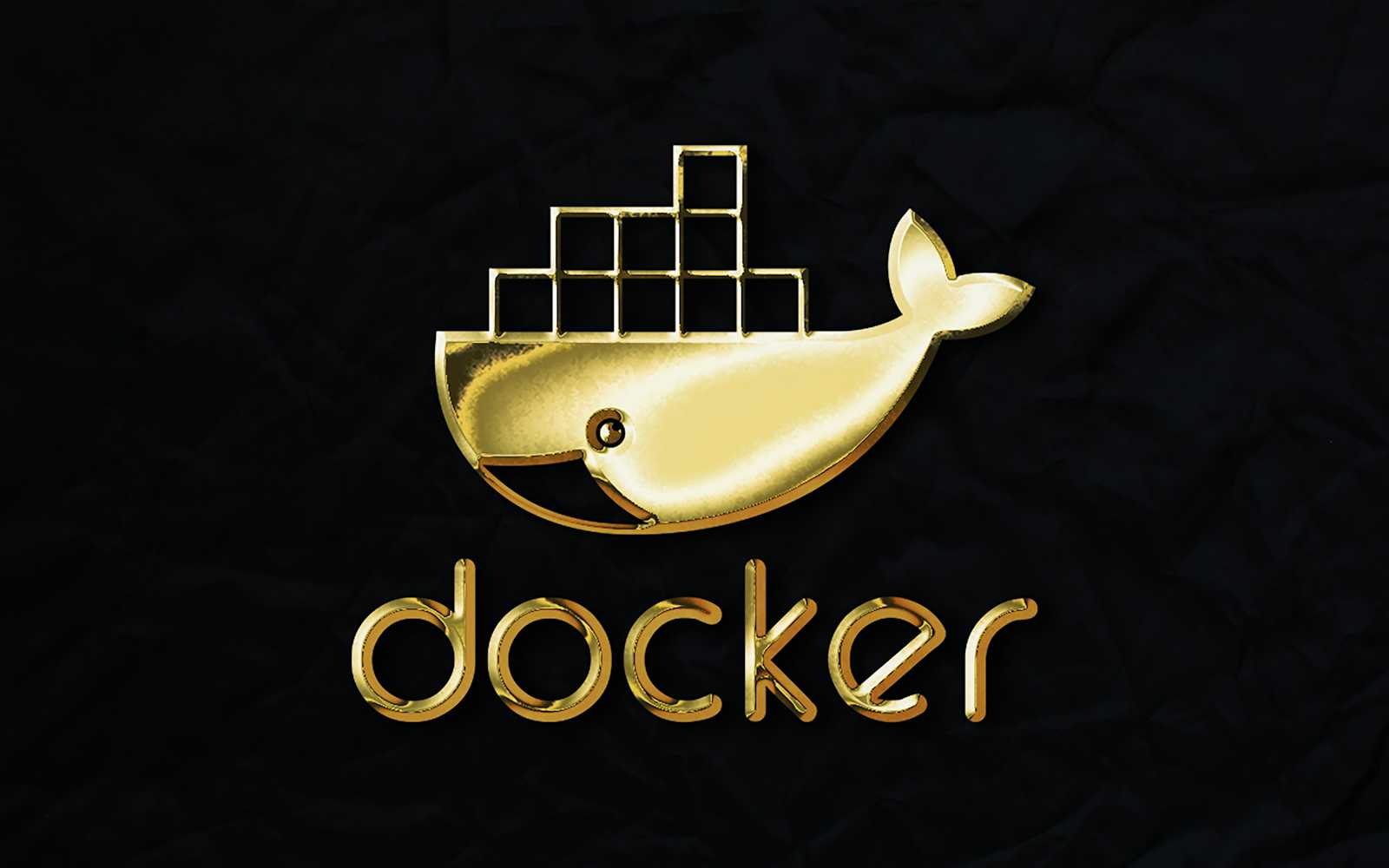Intro to Docker
 shubhangi singh
shubhangi singh
Docker is a widely used open-source platform that enables software developers to create, deploy, and run applications in a containerized environment. Containers are a lightweight and portable way to package and deploy software applications. Docker has become popular because it simplifies the process of developing and deploying applications by making it easier to manage dependencies and isolate software from the underlying infrastructure.
Docker containers are created using images, which are lightweight, standalone, and executable packages that contain all the necessary software components to run an application. Docker images are built using a Dockerfile, which is a simple yml file that contains a set of instructions that Docker uses to build the image.
Once an image is built, it can be deployed as a container. Docker containers are similar to virtual machines in that they provide an isolated environment in which to run applications. However, containers are much lighter weight and more portable than virtual machines because they don’t require a full operating system to be installed. Instead, Docker containers use the host operating system’s kernel and share resources with other containers running on the same system.
The main benefit of Docker for developers is that it lowers the chance of conflicts or compatibility problems between different software components. Docker is a powerful tool that makes it easier to develop, deploy, and manage software applications. By using containers, it allows for the creation of applications that are both lightweight and portable, making deployment fast and reliable. With Docker, developers can concentrate on coding, while IT teams can easily handle the deployment and management of applications.
Happy Learning 🙂
Subscribe to my newsletter
Read articles from shubhangi singh directly inside your inbox. Subscribe to the newsletter, and don't miss out.
Written by
